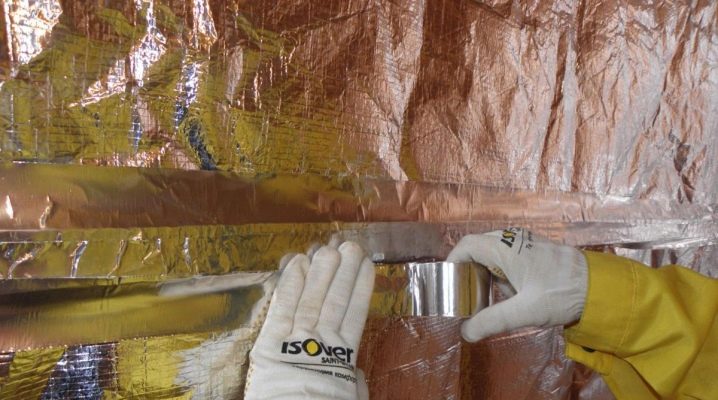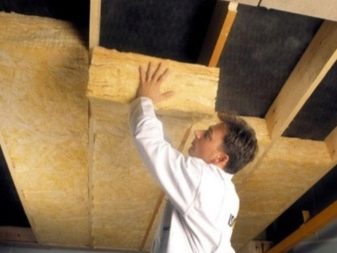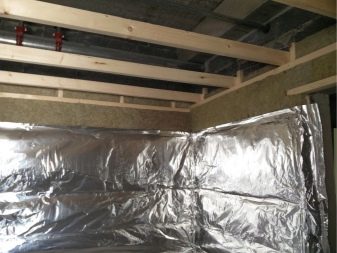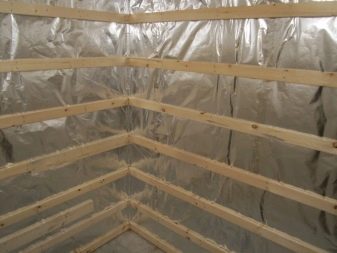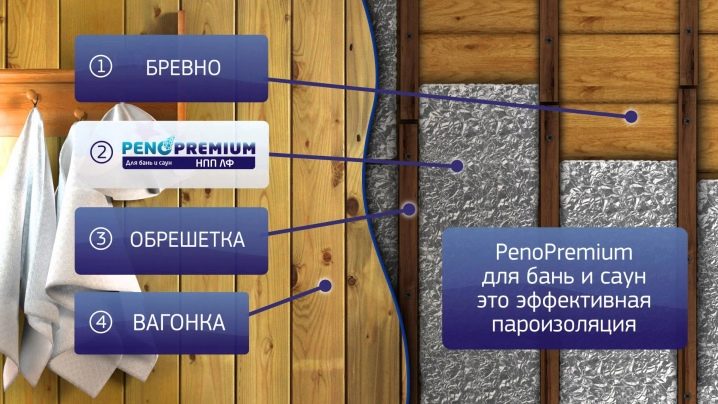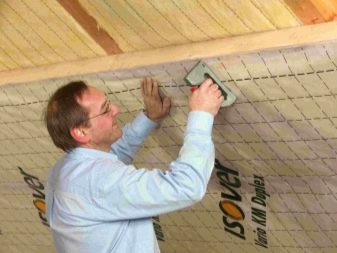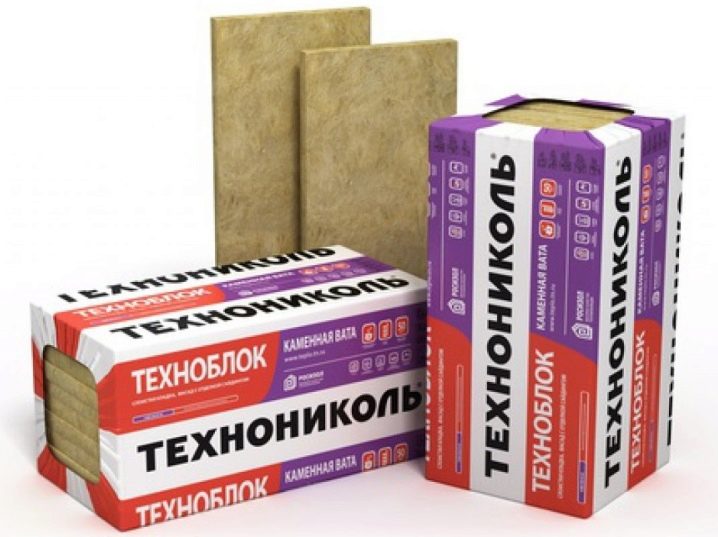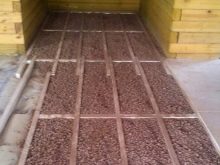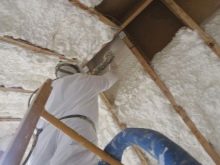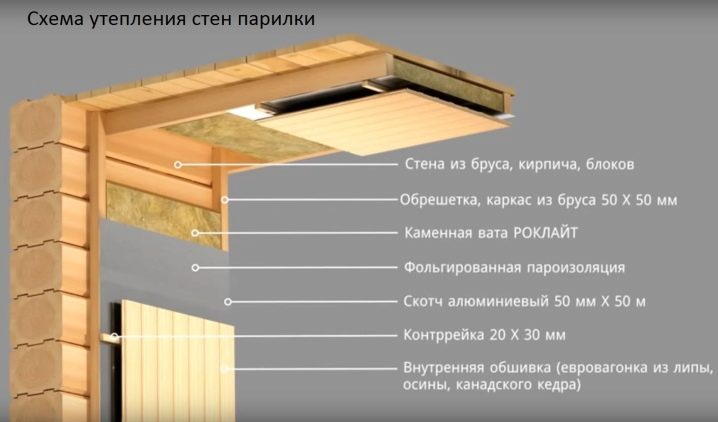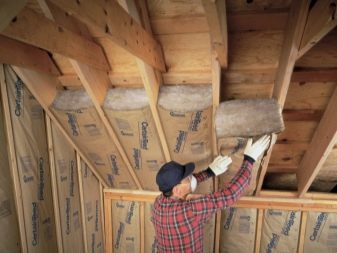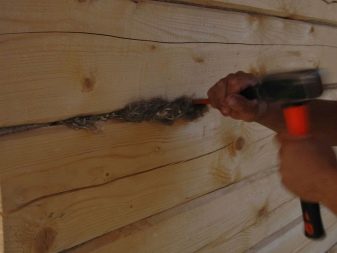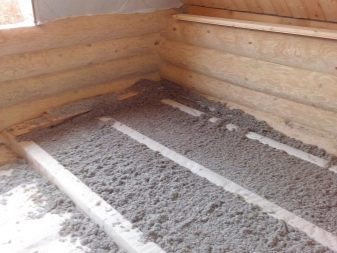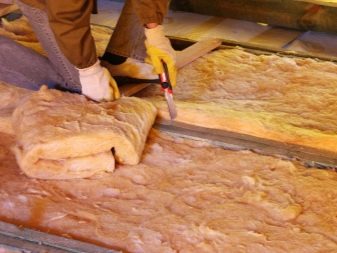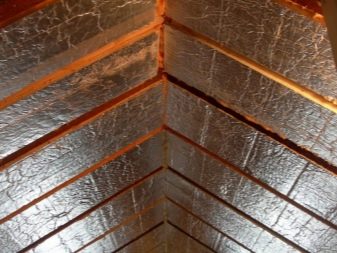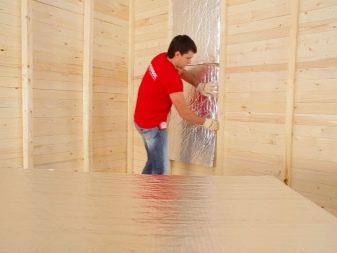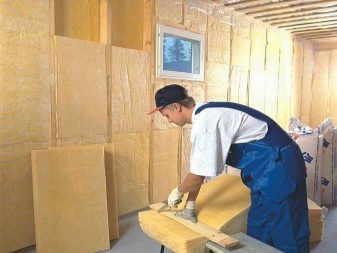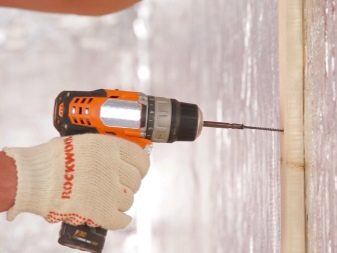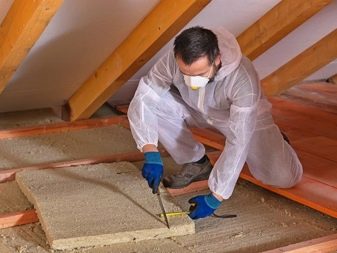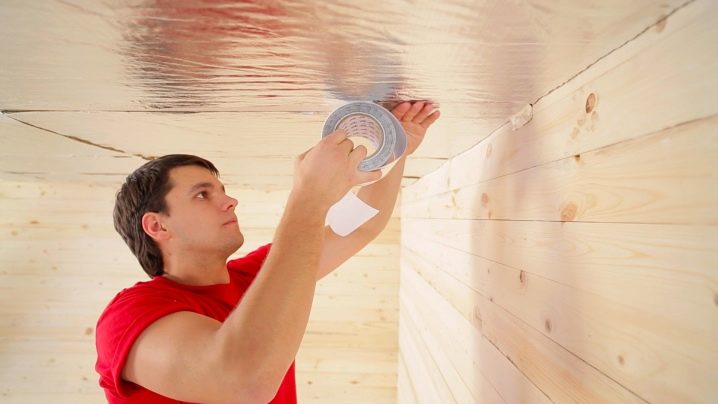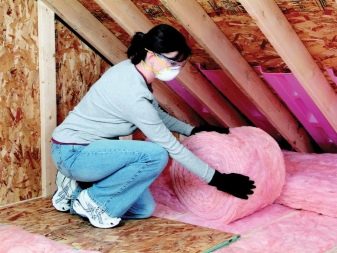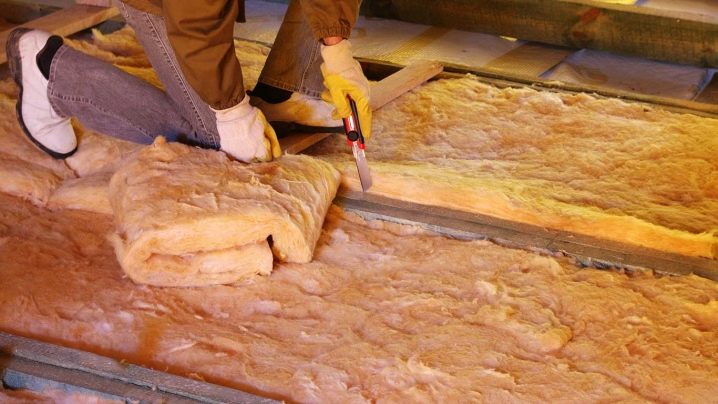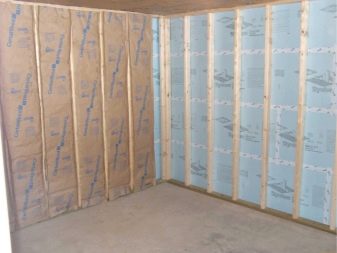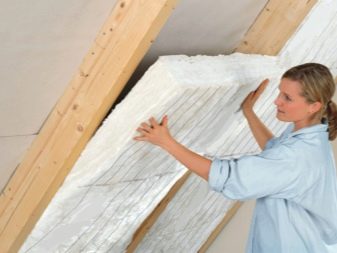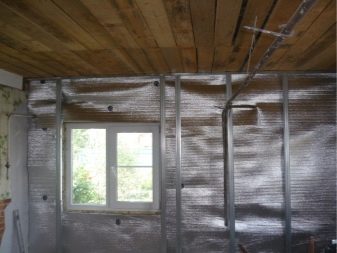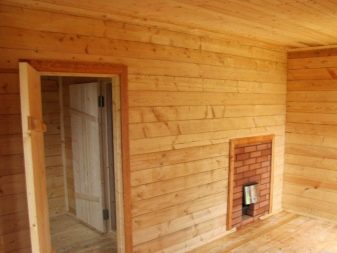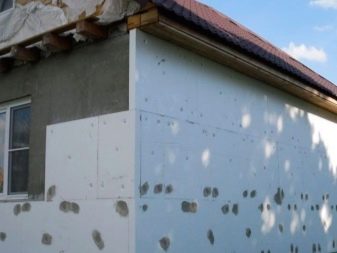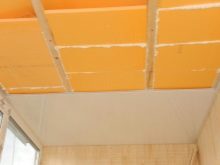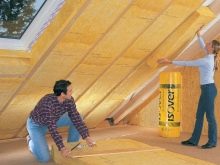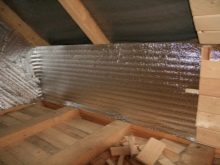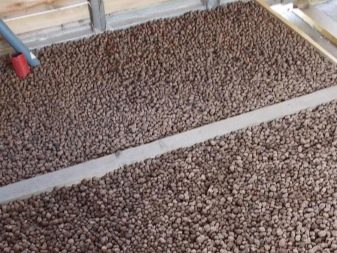Insulation for the bath: the selection criteria
Before building a bath, you need to be puzzled by the question of how to insulate it from the inside. It is important to choose a warming material with great responsibility, since it will depend on it the durability of the building, as well as safety and comfort when in a steam room. On the market offered dozens of variations of insulation. Of the many proposals you need to choose high-quality insulating raw materials that meet all construction requirements.
Special features
A homogeneous wall in any structure badly retains heat, since it itself is able to absorb some of the thermal energy. To reduce heat loss, civil engineers began to create multi-layer structures consisting of not one, but several materials, differing in density, porosity, and other indicators.Multi-layer walls are able to "maintain" the temperature for a long time.
To create such a design can not do without insulation. The correct choice and error-free installation of thermal insulation materials from inside the bath or sauna will reduce heat loss and reduce fuel consumption. You should know that not every heater is suitable for warming a steam room. The best solution will be environmentally friendly products that are resistant to high humidity and have bactericidal properties (preventing the emergence and multiplication of mold).
The heat-insulating materials used must have the following properties:
- Low thermal conductivity. The effectiveness of the material directly depends on this parameter.
- The ability not to deform during prolonged use.
- "Combination" with previously selected building and facing materials.
- The presence of minimum moisture absorption.
- Compliance with sanitary and hygiene requirements and fire regulations.
In order not to be mistaken in the choice of thermal insulation material, you need to explore the advantages and disadvantages of each type of insulation.
Types: Pros and Cons
For thermal insulation baths use a variety of materials in different state of aggregation. It can be granulated products, fiber products, liquid and extrusion insulation, films.
Manufacturers offer the following insulation material:
- Penotherm - material made from polypropylene, laminated with aluminum film. For sale comes in rolls. It can be used both for a bath, and for a sauna. Differs in durability (service life of at least 50 years), lightness, elasticity, environmental friendliness, affordable cost. With it, you can create a "thermos" effect in the steam room. Insulation does not emit harmful substances when heated. Among the advantages of the heat insulator is also the possibility of its recycling. There are no flaws in the material.
- Penoplex - extruded raw materials, ideal for frame structures or brick buildings. The material is resistant to high humidity, ease of installation, durability. The disadvantages of Penoplex include its flammability and the release of harmful substances in case of fire.Because of these features, it is recommended that it be treated with fire-fighting agents before installing a heater.
- Isover. The material is marketed in rolls, mats or slabs. Products are made of fiberglass. Suitable for insulation of floors, walls and roofs. Izover presents to customers non-combustible materials characterized by high heat and noise insulation. The disadvantage of isover is bad moisture resistance. When water is absorbed, the insulating properties of the raw materials noticeably deteriorate.
- Products are also referred to as “running insulation”. TechnoNIKOL with the same brand name. The company produces several types of materials that differ in their properties and technical characteristics. Most heat insulators are made on the basis of non-combustible mineral (basalt) wool. All products offered by the manufacturer have high compressive strength, fire resistance, low vapor permeability.
In addition to the presented heaters for the bath, there are still many insulation materials. They are divided into several groups: incombustible, natural and foil.Consider the pros and cons of each of these heaters.
Non-flammable
When choosing insulation products for baths, first of all, you need to pay attention to their fire resistance. Non-flammable materials include several options.
- Minwat. Raw materials are able to withstand high temperatures, so it is advisable to use it for warming steam rooms. However, cotton wool has the ability to absorb evaporation and accumulate moisture. Because of this, its insulating qualities are getting worse. To preserve the properties of insulation, when installing it, it is necessary to install a vapor barrier layer.
- Basalt wool (kind of mineral wool). Basalt fibers can withstand temperatures of 700 degrees. Products are characterized by high insulating qualities, durability, water repellency and shape retention during long-term operation.
- Ecowool - cellulosic raw material, which is advisable to use to improve the insulating qualities of the ceiling. Differs in low heat conductivity. The disadvantages include the ability to absorb moisture (moisture absorption can reach 20%).
- Expanded clay. With it, we make floor and ceiling insulation. The material is made from clay and various additives. Such a heat insulator "is afraid" of moisture, so when it is laid it is necessary to take care of an additional layer of waterproofing.
- Foamed glass - an ideal product for warming bath structures, resistant to high humidity. The disadvantages include a considerable price for the products.
All presented heat insulators are not only non-combustible, but also safe, because they do not emit harmful substances when heated.
Natural
Natural or natural insulants are widely used in improving the insulation of bath structures. Felt, flax tow and moss have been used by people since ancient times as mezhventsovy heat-insulating material. These products are valuable because they provide natural ventilation. In addition, natural heat insulators have bactericidal properties, they practically do not rot.
Other advantages of natural raw materials include:
- environmental cleanliness and harmlessness to human health;
- long service life;
- low cost;
- low thermal conductivity.
However, natural insulation is not without drawbacks. Their main disadvantage is combustibility. Of course, the material before installation can be pre-treated with refractory compounds, but because of this, the raw materials will not be completely environmentally friendly.
Another disadvantage is the high risk of damage to the heat insulator by rodents and birds. In natural materials, insects can be acquired that can "negate" the insulating properties of insulation. Also, some of the materials can cause serious allergic reactions.
Foil
To insulate the ceilings of saunas or baths, it is advisable to use reflective materials with aluminum foil. Thanks to a specialized coating, they prevent the "leakage" of infrared rays. Usually foil or reflective insulation is made of polypropylene foam. Polished aluminum or metallized lavsan is installed on one of its sides.
Moisture resistant foiled insulation:
- not flammable;
- has vapor barrier properties;
- durable.
The disadvantages of the material include its high price and the "fear" of power loads, which is why you need to exercise extreme caution when working.
How to choose?
In the construction of baths can be selected various building materials: wood, blocks, bricks. It should be noted that different materials should be used for insulation of different buildings. In order to maximally “save” the heat in the steam room, it is important to heed the advice of professional builders.
It is recommended to purchase mineral wool plates for warming the cave bath.which should be sheathed wooden walls from the inside. Before starting work on the weatherization of the structure, it is necessary to close up the inter-log slits with tow or moss. Extruded polystyrene foam can be used to warm the floor of wood, and for the ceiling we can use a foil-reflecting heat insulator.
For frame structures, the best solution would be to buy basalt wool slabs (product density should be more than 110 kg / m3). Fiberglass is recommended for the ceiling. For a brick, concrete or block sauna, an ideal choice would be mineral fiber insulation.
Installation Tips
When the bath is built and the heat-insulating material is chosen, you can proceed to the heat-insulation work.The self-made insulation of the building is a complicated, but quite real process. With confidence in their abilities, you can refuse the services of professional builders.
Whatever the bath - wooden, brick or block, the process of insulation will be the same. Before starting the insulation of the room you need to think about the vapor barrier. This is an important point, because even when choosing a moisture resistant insulation there are great risks of its premature damage due to the accumulation and penetration of condensate through the protective layers.
To prevent the penetration of moisture, it is recommended to use aluminum foil. It is important that the vapor barrier layer was monolithic. The “single” surface can be created by gluing the foil with metallic tape.
Floor insulation
According to the laws of physics, warm indoor air always tends upward. Despite this, most of it is capable of "getting lost" when it comes into contact with cold floors. In order to reduce heat losses and accelerate the heating of the bath, it is important to choose a high-quality floor heater and accurately make its installation.
When weathe bath, first of all you need to start with floor insulation. Note that different types of structures require different technology of insulation. If the bath is equipped with a solid floor, it is recommended to take a minvata. The heat insulator should be laid close to the rough floor surface, then it is necessary to cover it with a waterproofing layer. After the work done, you can install the finishing floor.
If leaking floors are installed in the bath, the procedure will be different from that described above. In this case, you need to dig a small trench (no more than half a meter) and fill it with sand for 5 centimeters. The heat insulator is laid on the packed sand mass. The laid heater needs to be filled in with a solution from a cement and a foam crumb. The process is completed with the installation of finishing on pre-laid wooden posts.
Stages of wall insulation
The sequence of thermal insulation of the walls of baths and saunas is the same as with the insulation of other objects. The whole process consists of several stages.
- The application of wooden crates on the surface of the wall. It is important that the interfacial gap was less than the width of the insulator. As a thermal insulation material, you can choose a mineral wool or basalt fiber.
- After installing the insulation, you need to lay a layer of foil vapor barrier (with a reflective surface inside the sauna). The material is fixed using thin rails. Thin kraft paper can also act as a vapor barrier.
- The final stage is the installation of the facing material.
It should be noted that for better heat preservation, the bath should be insulated not only from the inside but also from the outside. This applies not only to the walls, but also to the base. For its insulation best suited foam plate or foam plastics. Thus, it is possible to protect the room as much as possible from external cold, which is especially important in winter. Thanks to high-quality external insulation, the risks of mold and unpleasant odors inside the steam room are reduced.
The fastest and easiest way to external wall insulation is to install ventilated facades. To do this, the surface of the wall should be covered with a protective waterproofing layer, then sheathed with the help of clapboard, siding or boards.
Ceiling insulation
Any steam room needs high-quality insulation. If there is no heat-insulating layer on the path of warm air tending upwards,it will take a lot of fuel to heat the bath and maintain optimum temperature in it. However, this is not the only problem. In the absence of insulation, condensate will gradually accumulate on the ceiling surface, which over time will damage the ceiling.
For the ceiling, it is imperative to give preference to non-combustible materials. Suitable mineral wool or foil products. If a loft is provided in the bath, a vapor barrier should be installed over thin aluminum sheets above the heat insulator. Installation of insulation is made under or above the rafters. The laid insulation material must also be covered with a waterproofing sheath.
If there is no attic in the steam room, it is allowed to use expanded clay as a heater. To do this, they need to fill the previously laid vapor barrier surface. The expanded clay layer must be at least 25 cm.
Thanks to the choice of high-quality insulating materials and properly executed exterior and interior decoration will ensure not only a pleasant stay in the bath, but also the safety of paired procedures.That is why the selection of building materials and the execution of works should be approached with great responsibility.
On the criteria for choosing insulation for a bath, see the following video.
